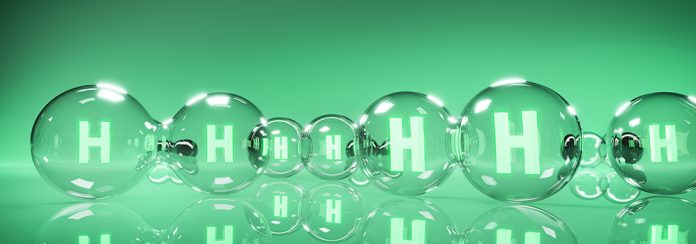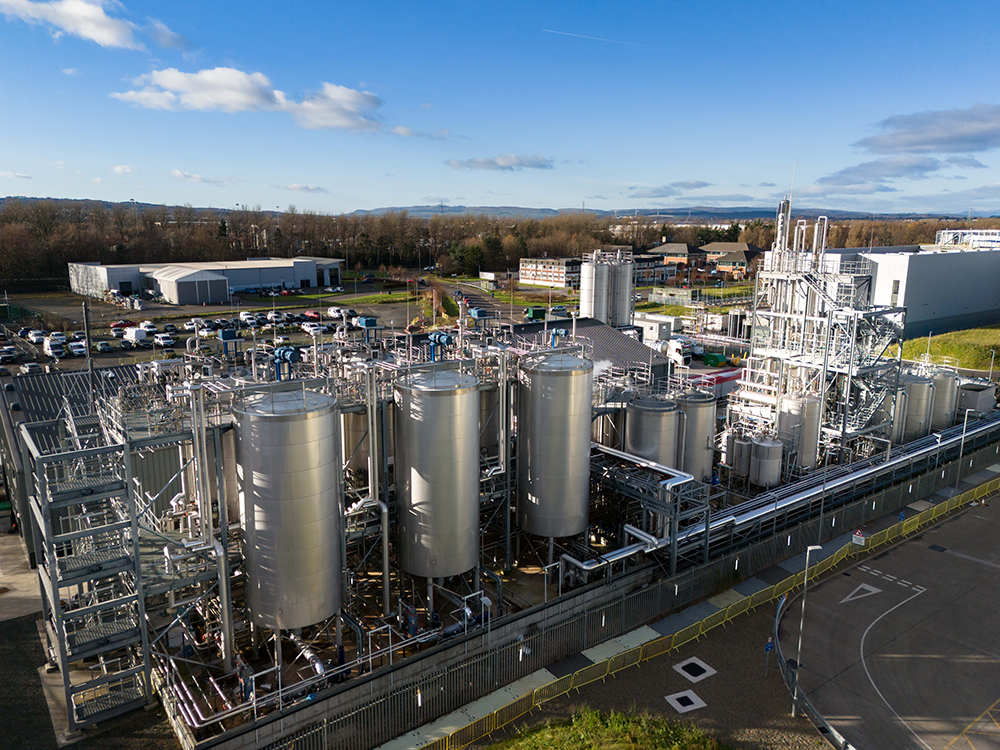Bruno Roche, Global Head of Energy Transition, ABB Process Automation, Energy Industries, explains how ongoing technological innovation and collaboration can make a world of difference in scaling up green hydrogen production to decarbonise industry.
Hydrogen has a significant role to play in decarbonising hard-to-abate industries as part of efforts to reduce greenhouse gas (GHG) emissions and limit global temperature rises, helping to achieve the goals of global treaties such as the Paris Agreement. When produced through electrolysis powered by renewable energy – known as renewable or ‘green’ hydrogen – it produces only energy and water with zero carbon.
Right now, there is simply not enough low carbon hydrogen available
Scaling up production to meet rising demand for renewable energy is perhaps the greatest challenge currently facing the nascent hydrogen industry – and the sector.
Although green, low carbon hydrogen can and will play a vital role in decarbonising industry, there are two big problems: supply volumes are too low and costs are too high. Scaling up hydrogen production inevitably requires significant capital investment (CAPEX), as well as operating costs (OPEX). The electricity costs to run a hydrogen plant are significant. In fact, more than 70% of the total operating costs to make 1kg of hydrogen could come from the electricity costs, used to split the water molecule in the electrolysis process.
To succeed, the world’s industrial operations will likely depend on multi-gigawatt-scale electrolysis plants, and of course the necessary supply of fossil-free electricity, to produce the required quantities of low carbon hydrogen at an affordable cost. If we are to enable green hydrogen to scale-up to the needed GW levels in line with expected growth, we will need to drive these costs down.
Energy management to optimise energy flows
Given that 70 percent of operating costs are spent on the electricity used to split the water into H2 and O2 in the electrolysis process, Energy management will be particularly important. In addition, in the new energy ecosystem, proactive energy balancing performed by energy management systems will be critical in deciding which energy flows and sources to use when, where and at the best price.
Much of what is involved in undertaking this massive scale-up of electrolyzer capacity is uncharted territory – including all the other necessary infrastructure and technology such as the electrical supply for AC-DC conversion, and automation and digitalization to get the highest efficiency in producing green hydrogen at the lowest cost. Companies must collaborate to undertake such large pioneering projects.
Leading process automation and digitalisation systems
Using a combination of automation and control systems, along with expert digitalisation solutions and strategies, efficient power apparatus for motors and pumps, and dedicated sensor portfolio for pressures, temperatures and concentrations enables the whole operation to work at far higher efficiencies than ever before.
It is also vital to recognize that there are safety risks and dangers involved with hydrogen. For any professional company, the safety of its people, equipment and environment is the number one priority. When handling flammable and potentially explosive hydrogen in the presence of electrical equipment, sensing and monitoring flows and leaks, are key areas that must be thoroughly assessed and addressed as part of any scale-up.
Finally, as hydrogen starts to be fed into pipelines, control and monitoring using sensors and leakage detection will be an extremely important aspect of the system, especially since hydrogen is a powerful GHG if it escapes into the atmosphere.1
An end-to-end templatized approach
To fast-track and standardise the production of green hydrogen, an end-to-end templatised approach needs to be adopted to make the design, build and operation of green hydrogen facilities more efficient. As an industry collective, we must join forces and expertise to help customers overcome the challenges associated with green hydrogen production.
Project execution expertise for lowest costs and highest efficiencies
To truly achieve low costs – and continuously reduce them over time – the complex scale-up of green hydrogen-based electrical energy systems will require superior project execution. Through early engagement in the design process, we can maximize the efficiencies. By using simulation to not only simulate the future process (and thereby maximizing efficiencies in design, build and operate), but also this simulation helps later as a benchmark and for training.
In addition, by integrating expert teams, new technologies, agile processes, shared learnings and proven methodologies, we can drive better cost, material and resource efficiencies.
Looking towards the future
The scale up is clearly starting, and evolving rapidly. Every six months, the number of green hydrolysis projects is doubling. Three years ago, hydrogen pilots were appearing at kilowatt scale; two years ago, the first megawatt (MW) plants arrived; then, last year, tens of MWs. Today, in 2022, plants are already executing at hundreds of MWs and gigawatt (GW)-scale plants on the horizon. Obviously, the market and investment activity is growing, but this is only the beginning of what is needed.
Economically viable green hydrogen is critical in the move towards a low carbon world. It is only through collaboration, Energy management, agile processes and new technology that it will be possible to drive down the cost of green hydrogen production and enable a thriving hydrogen economy – making hydrogen a key part of our world’s low/no carbon future.
1. Hydrogen ‘twice as powerful a greenhouse gas as previously thought’: UK government study – https://www.rechargenews.com/energy-transition/hydrogen-twice-as-powerful-a-greenhouse-gas-as-previously-thought-uk-government-study/2-1-1200115









